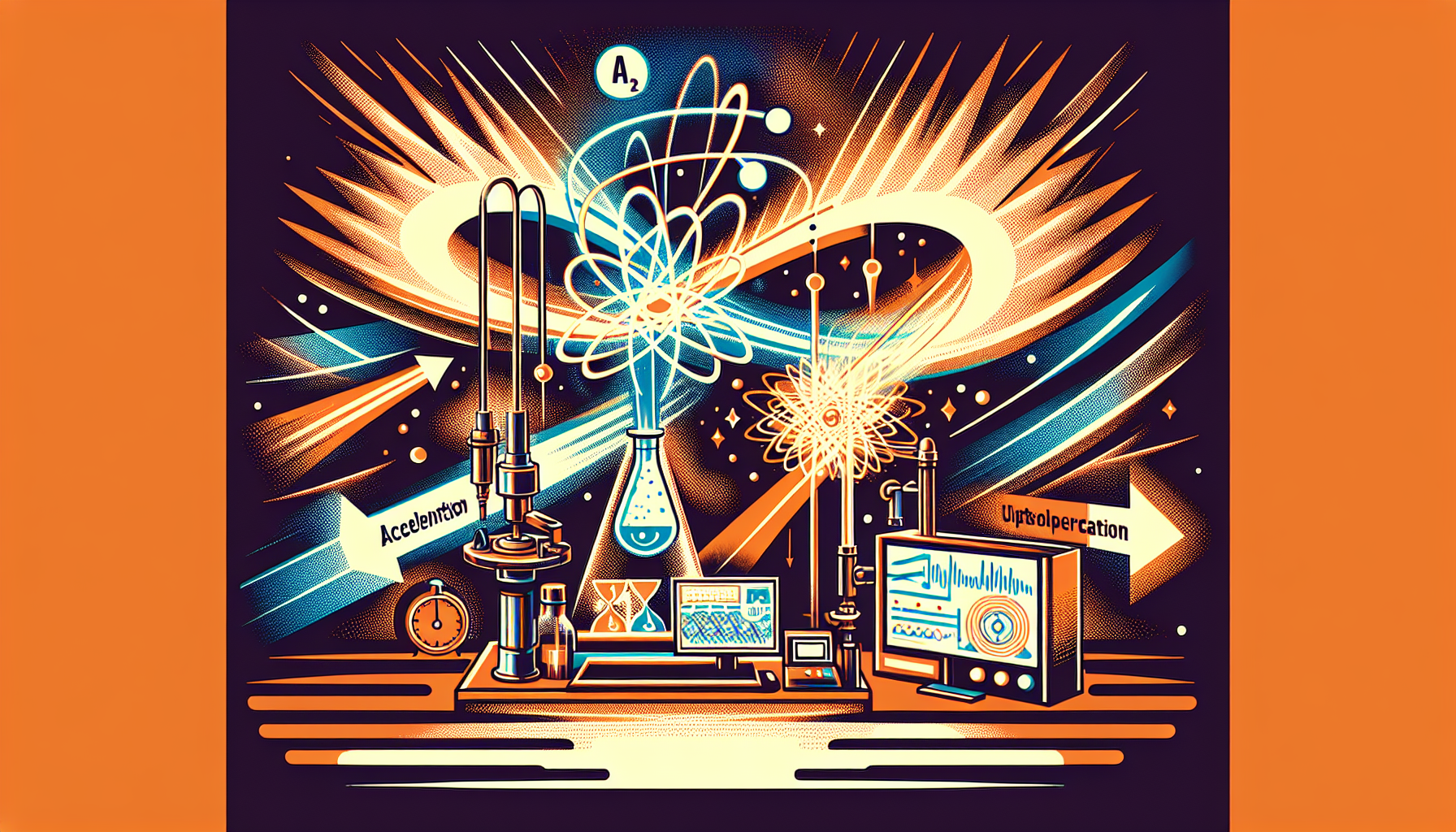Physicists at the University of Colorado Boulder have unveiled a remarkable new quantum device—one that can sense acceleration in three directions at once using the mysterious powers of ultracold atoms. This invention is a step change in how we could measure and navigate our world, guided by the subtle forces of quantum mechanics.
The Quantum Device: A New Way to Sense Motion
At the heart of this technology are clouds of rubidium atoms brought to temperatures close to absolute zero. When cooled so deeply, these atoms come together in a state called a Bose-Einstein Condensate (BEC). In this state, the individual atoms are no longer separate points, but act in harmony as a single quantum wave. This unity makes them exquisitely sensitive to motion and gravity.
This device is called a vector atom accelerometer. Traditional methods of measuring acceleration with atoms usually track changes along just one axis—the equivalent of sensing whether you’re moving forward or backward. But in reality, we exist in a world of three dimensions. This new device can capture acceleration in all directions at the same time. Such complete information is vital for fields like navigation and robotics, where movement is never limited to a single path.
Engineering Breakthroughs and Machine Intelligence
Creating this technology took nearly three years of dedicated work. The apparatus uses 18 carefully arranged lasers, which shine through a vacuum holding the ultracold cloud of atoms. This setup might sound complex, yet the entire instrument is built small enough for future use outside the laboratory.
One of the biggest challenges was managing how the lasers split and recombine the atoms to measure acceleration. Instead of making each adjustment by hand, the researchers used machine learning. They taught a computer to choreograph the lasers, making countless tiny changes in real-time. This approach allowed the team to fine-tune the device, improving its accuracy while laying the groundwork for future advances.
Performance and Path Forward
At present, this quantum accelerometer can sense accelerations many thousands of times weaker than the pull of Earth’s gravity. While it hasn’t yet reached the sensitivity set by the best single-axis atom sensors, researchers believe this limit will soon be surpassed. Improvements in engineering, and more refined computer control, are expected to push its performance even further.
The full impact of this technology is still unfolding. Yet even now, it signals a new era in quantum sensing—a world where invisible motions and forces can be seen with astonishing clarity.
Wide-Ranging Potential
The possibilities unlocked by this invention reach far beyond the laboratory:
- Navigation: Highly accurate, reliable quantum navigation systems could steer ships, submarines, and spacecraft even when GPS is unavailable.
- Robotics and Artificial Intelligence: Precise 3D motion sensors can help robots move and interact with their environment as never before.
- Broader Quantum Sensing: The principles behind this device could inspire new technologies for environmental monitoring, geology, and security.
Legacy of Discovery
The University of Colorado Boulder has a storied history in quantum research, with a lineage marked by Nobel Prizes and decades of scientific leadership. This latest achievement strengthens its position at the front line of quantum innovation.
A Glimpse of the Future
By blending the strange beauty of quantum physics with the power of lasers and the intelligence of computers, this pioneering device shines a light on what is possible in the years ahead. As researchers continue to refine its workings, the door opens wider to precision navigation, advanced robotics, and other fields yet to be imagined. This invention stands as a testament to creativity, discovery, and the ongoing quest to understand our universe.

Leave a Reply